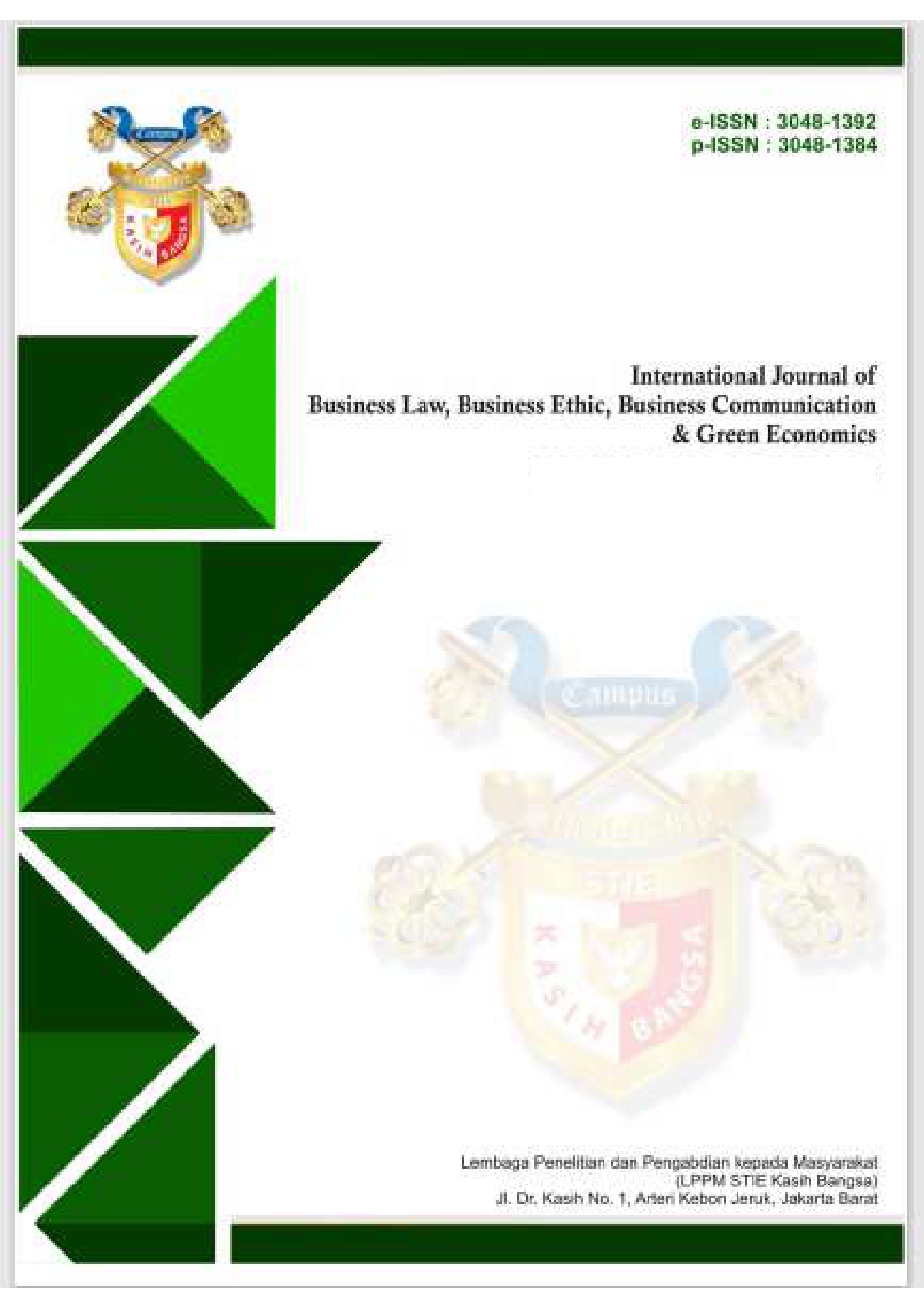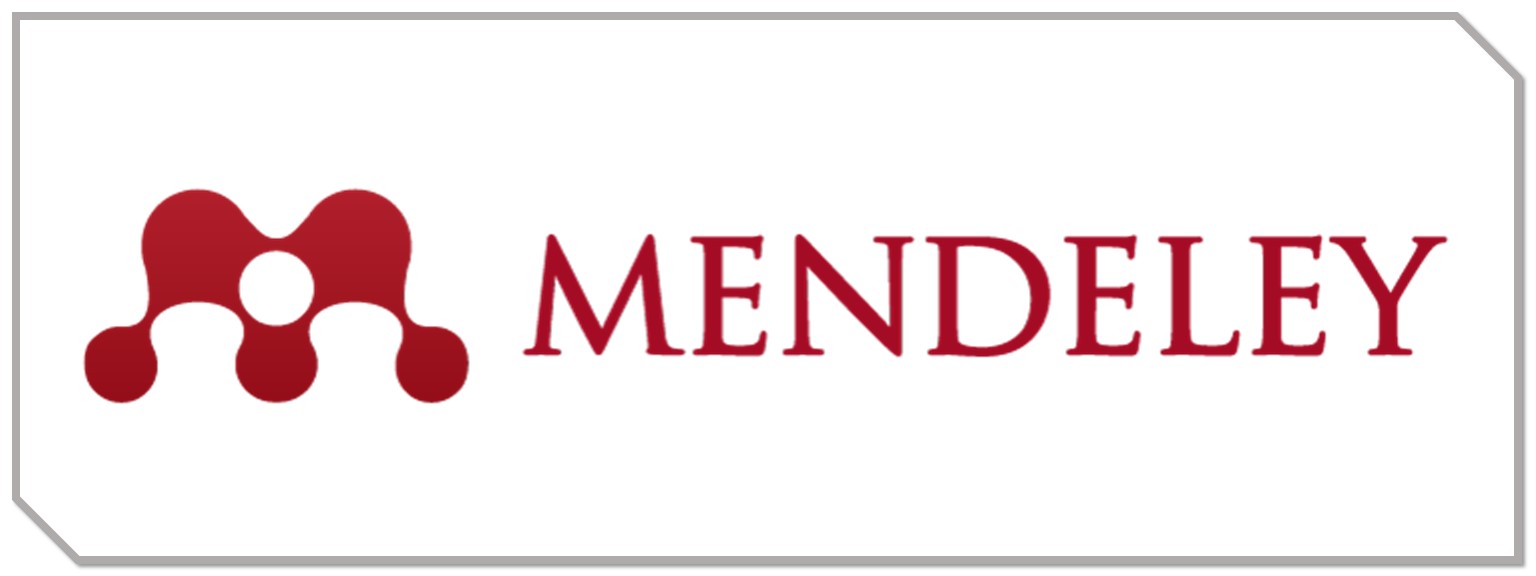The Role of Corporate Governance and Asymmetry Information in The Relationship Between Big Bath (large and non-recurring charges) and Audit Fees : An Overview Literature To Study Empirical
DOI:
https://doi.org/10.70142/ijbge.v2i2.343Keywords:
Big Bath Accounting, Corporate Governance, Information Asymmetry, Audit Fees, Earnings ManagementAbstract
This qualitative literature review explores the role of corporate governance and information asymmetry in the relationship between big bath accounting practices and audit fees. The findings suggest that firms engaging in big bath practices face higher audit fees due to increased audit risk perceived by auditors. Weak corporate governance exacerbates this effect, as auditors need to conduct more in-depth examinations to mitigate the associated risks. In addition, high information asymmetry between management and external stakeholders further increases audit risk, prompting auditors to expand their efforts. This study emphasizes the importance of strong corporate governance in reducing incentives for earnings management and enhancing financial transparency. The implications are significant for audit practice and corporate policy, highlighting the need for firms to strengthen their governance structures and for auditors to consider big bath risk in planning and conducting audits
References
Abbott, L. J., Parker, S., & Peters, G. F. (2006). Earnings management, litigation risk, and asymmetric audit fee responses. Auditing: A Journal of Practice & Theory , 25(1), 85–98.
Armstrong, C.S., Blouin, J.L., Jagolinzer , A.D., & Larcker, D.F. (2015). Corporate governance, incentives, and tax avoidance. Journal of Accounting and Economics , 60(1), 1–17.
Behn, B. K., Choi, J. H., & Kang, T. (2008). Audit quality and properties of analyst earnings forecasts. The Accounting Review , 83(2), 327–349.
Bedard, J. C., & Johnstone, K. M. (2004). Earnings manipulation risk, corporate governance risk, and auditors' planning and pricing decisions. Accounting Review , 79(2), 277–304.
Choi, J. H., & Wong, T. J. (2007). Auditors' governance functions and legal environments: An international investigation. Contemporary Accounting Research , 24(1), 13–46.
Cohen, J.R., Krishnamoorthy, G., & Wright, A.M. (2002). Corporate governance and the audit process. Contemporary Accounting Research , 19(4), 573–594.
Dechow, P. M., Sloan, R. G., & Sweeney, A. P. (1995). Detecting earnings management. Accounting Review , 70(2), 193–225.
DeFond , M., & Zhang, J. (2014). A review of archival auditing research. Journal of Accounting and Economics , 58(2-3), 275–326.
DeFond , M.L., Francis, J.R., & Wong, T.J. (2000). Auditor industry specialization and market segmentation: Evidence from Hong Kong. Auditing: A Journal of Practice & Theory , 19(1), 49–66.
Elliott, J., & Shaw, W. (1988). Write-offs as accounting procedures to manage perceptions. Journal of Accounting Research , 26, 91–119.
Fedyk, T., & Khimich, N.V. (2018). Hidden in the woodshed: Big bath herding . Retrieved from https://ssrn.com/abstract=3224962
Francis, J.R., & Krishnan, J. (1999). Accounting accruals and auditor reporting conservatism. Contemporary Accounting Research , 16(1), 135–165.
Heeick Choi, Khondkar Karim, & Yiye Zhang. (2023). Earnings management risk and audit pricing: Evidence from big bath accounting. Journal of Business Finance & Accounting . https://doi.org/10.1111/jbfa.12764
Hope, OK, & Wang, J. (2018). Management deception, big-bath accounting, and information asymmetry: Evidence from linguistic analysis. Accounting, Organizations and Society , 70, 33–51.
Jensen, M. C., & Meckling, W. H. (1976). Theory of the firm: Managerial behavior , agency costs and ownership structure. Journal of Financial Economics , 3(4), 305–360.
Kothari, S. P., Leone, A. J., & Wasley, C. E. (2005). Performance matched discretionary accrual measures. Journal of Accounting and Economics , 39(1), 163–197.
Muhammad Rizal, Farah Qalbia , & Ngadi Permana . (2024). The Relationship Between Big Baths, Corporate Governance, and Asymmetry Information To Cost Audit . Journal of Management Vision , 10(2), 88–101. https://doi.org/10.56910/jvm.v10i2.524
Muhammad Rizal, Farah Qalbia , & Eri Kusnanto . (2024). The Influence of Complexity Reporting Accountancy to Quality Audit: The Role of Partner Rotation and Non- Audit Services. Journal of Management Vision , 10(1), 54–64.
https://doi.org/10.56910/jvm.v10i1.557
Rizal, M., Qalbia , F., & Seger Santoso. (2023). Relationship Model between the Sharia Supervisory Board and the External Auditor in Islamic Banking: A Review Literature and Application Sharia Principles in Reports Finance . Al-Urban: Journal of Islamic Economics and Islamic Philanthropy , 7(1), 1–15.
https://doi.org/10.22236/alurban_vol7.i1/17435
Ruslaini Ruslaini , Ngadi Permana , & Yessica Amelia. (2024). Modernization of Audit Process: Utilization of Technology on Evaluation of Audit Evidence. Indonesian Economic Review , 4(1), 01-13. https://doi.org/10.53787/iconev.v4i1.34
Snyder, H. (2019). Literature review as a research methodology: An overview and guidelines. Journal of Business Research , 104, 333–339.
Webster, J., & Watson, R. T. (2002). Analyzing the past to prepare for the future: Writing a literature review. MIS Quarterly , 26(2), xiii–xxiii.
















